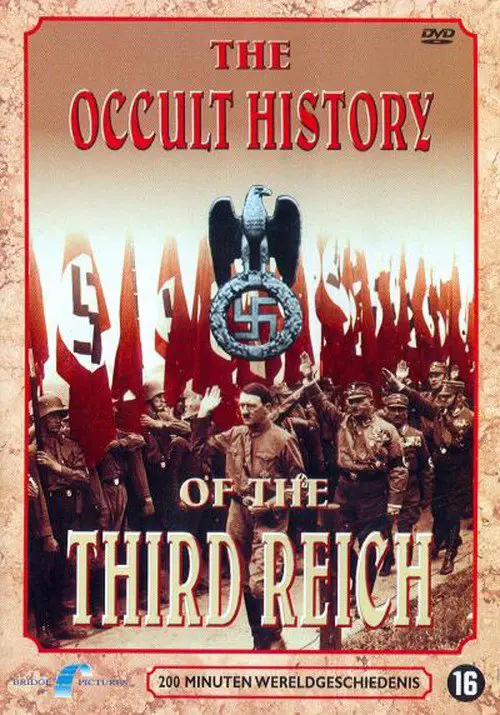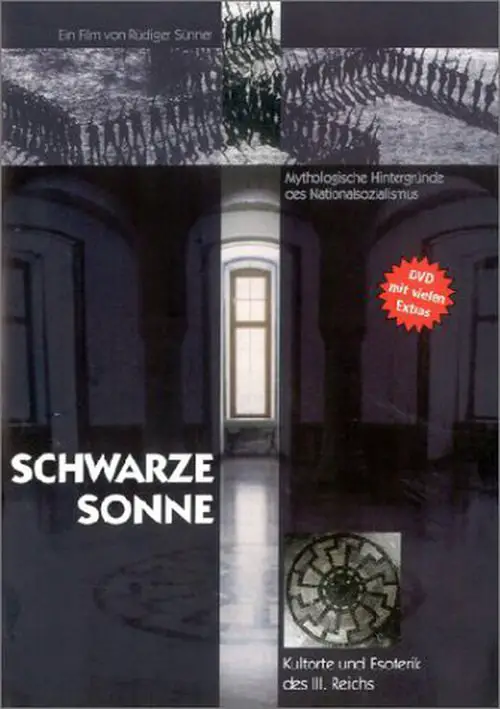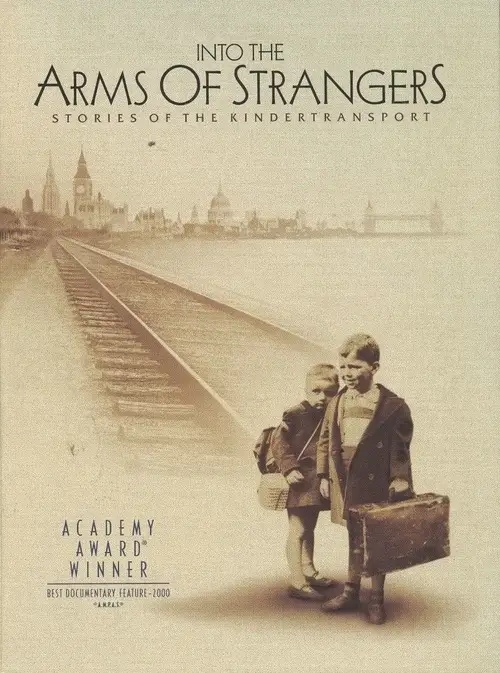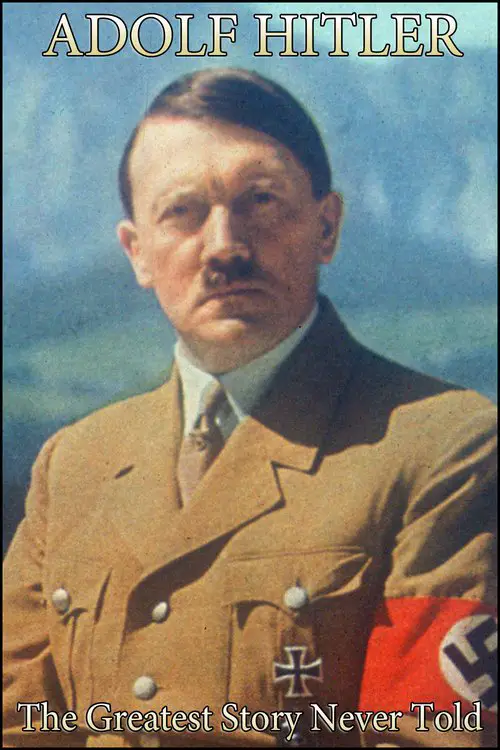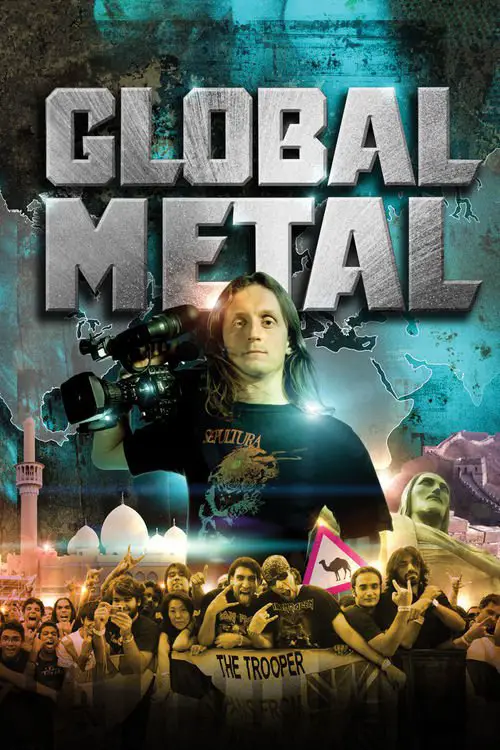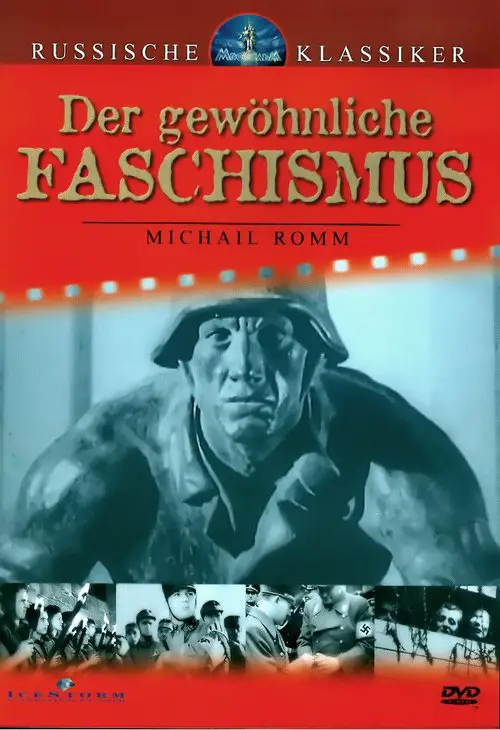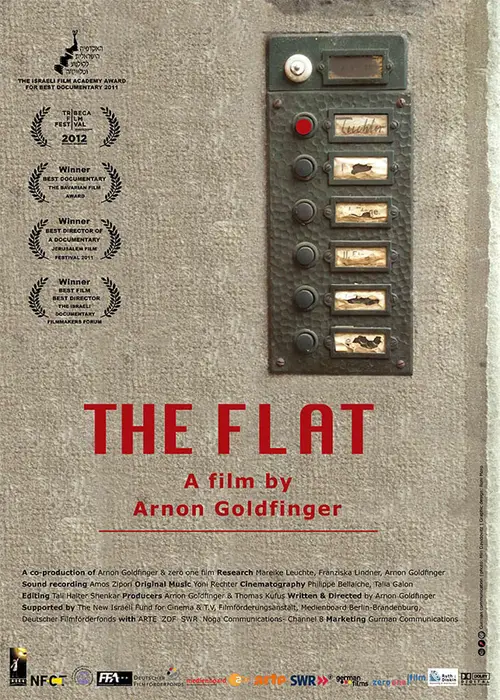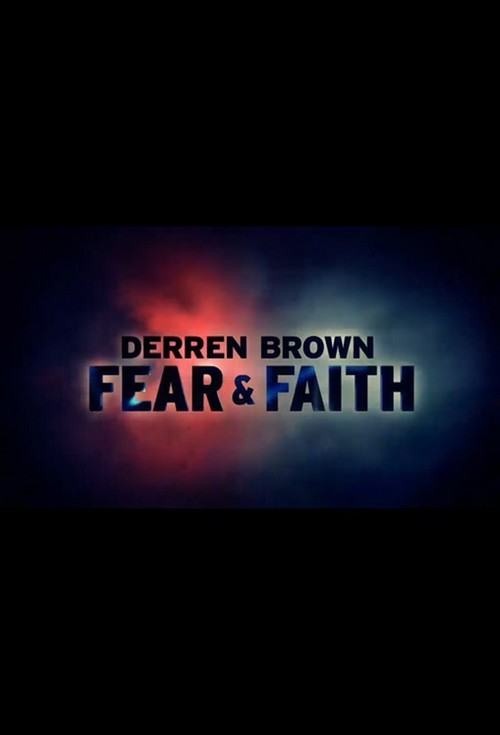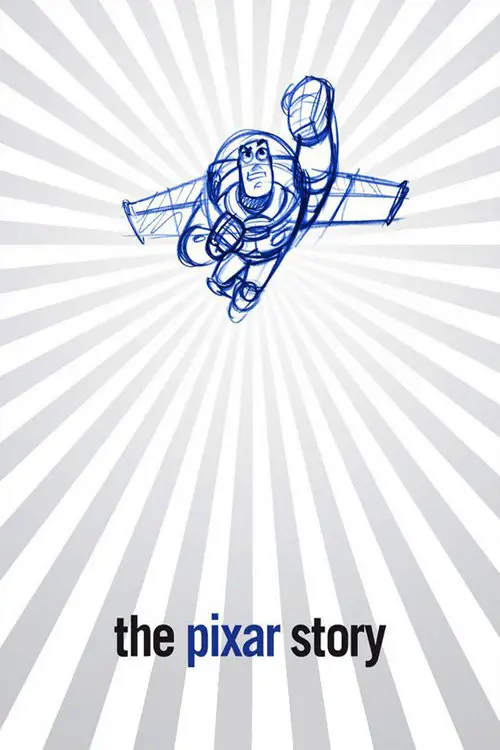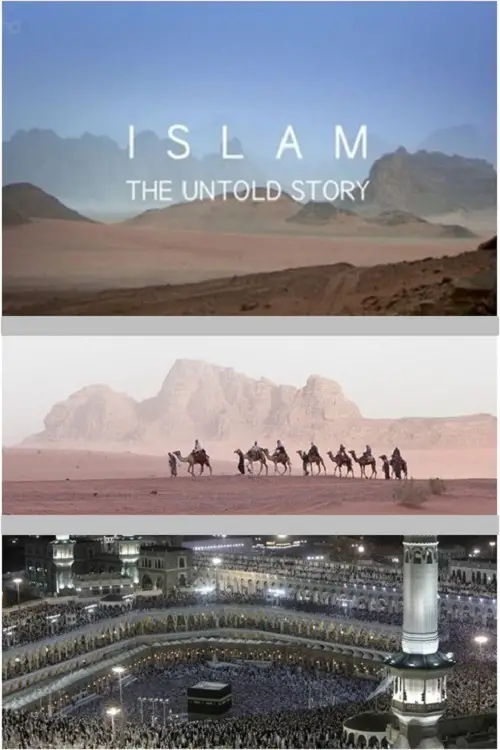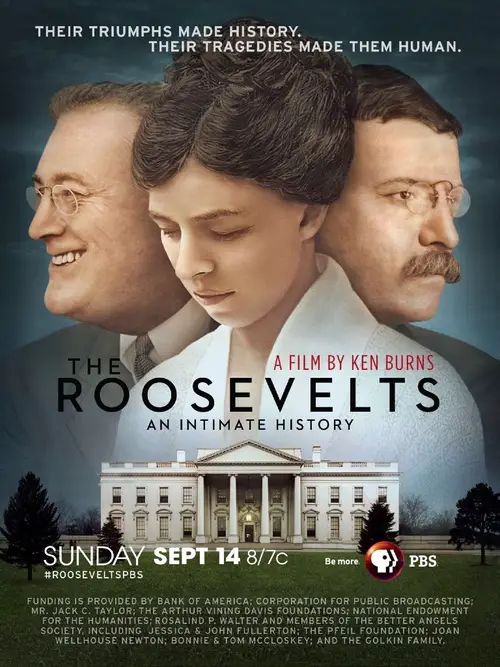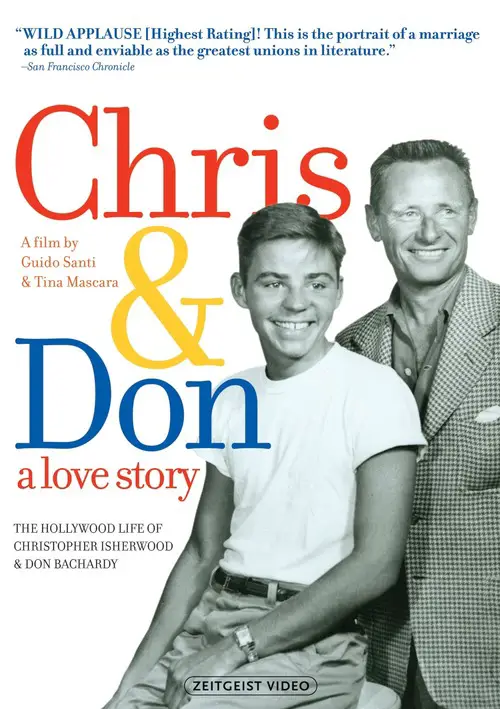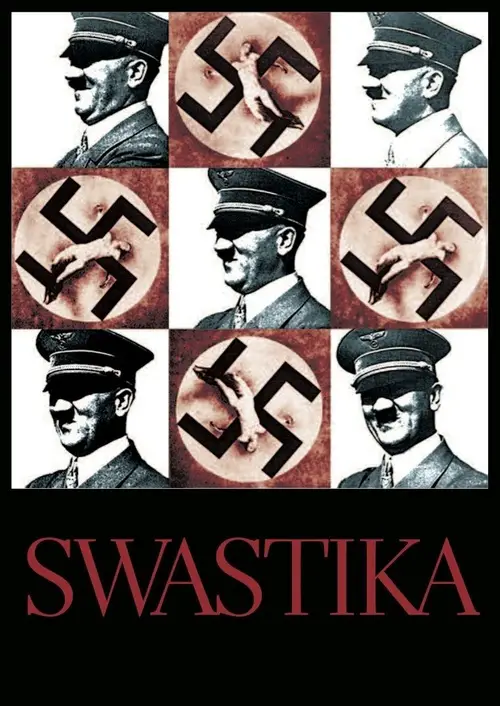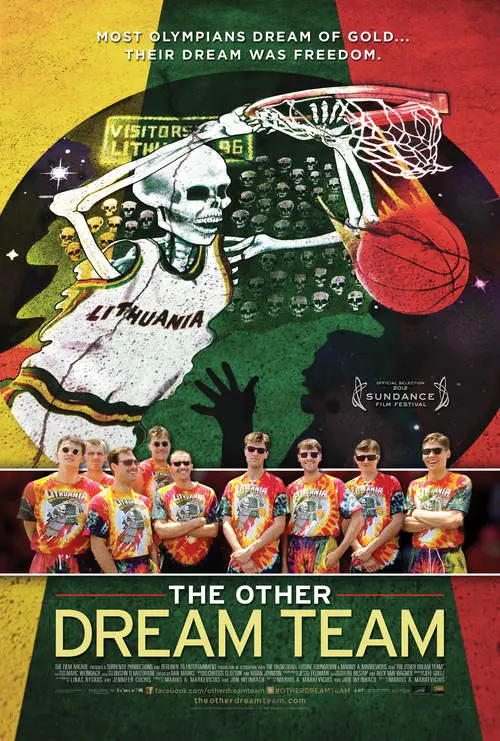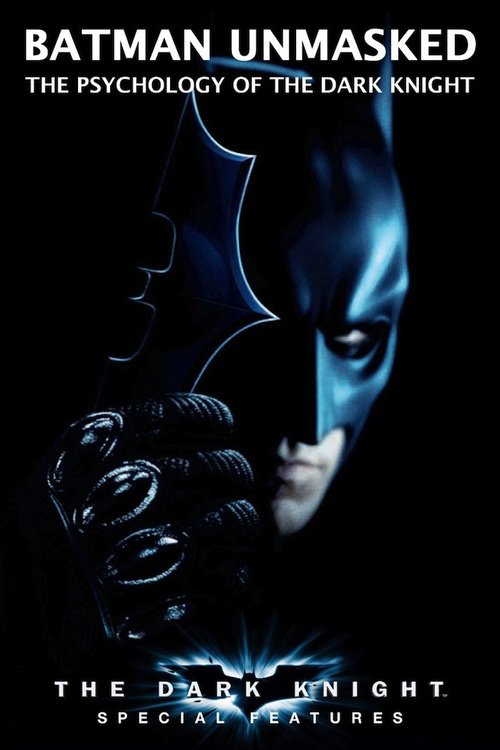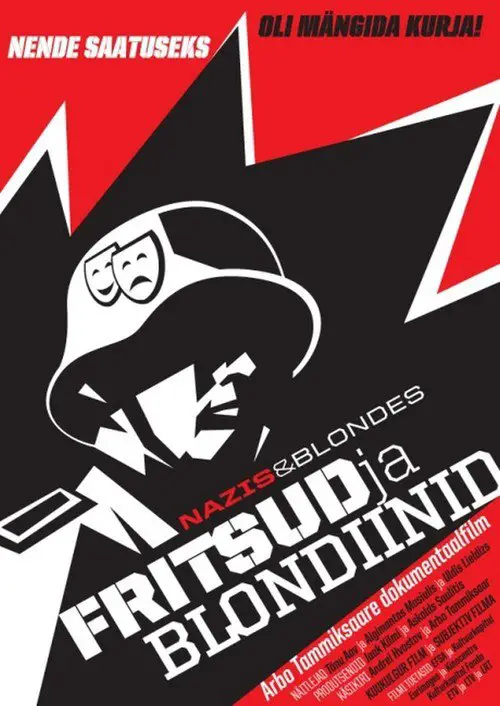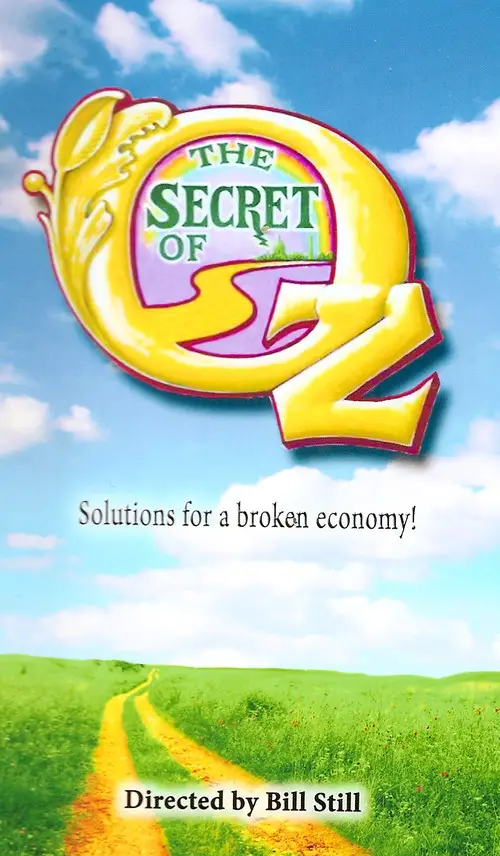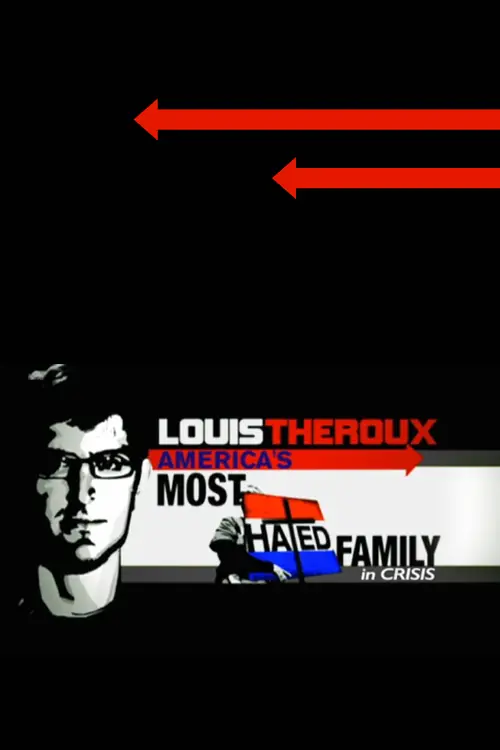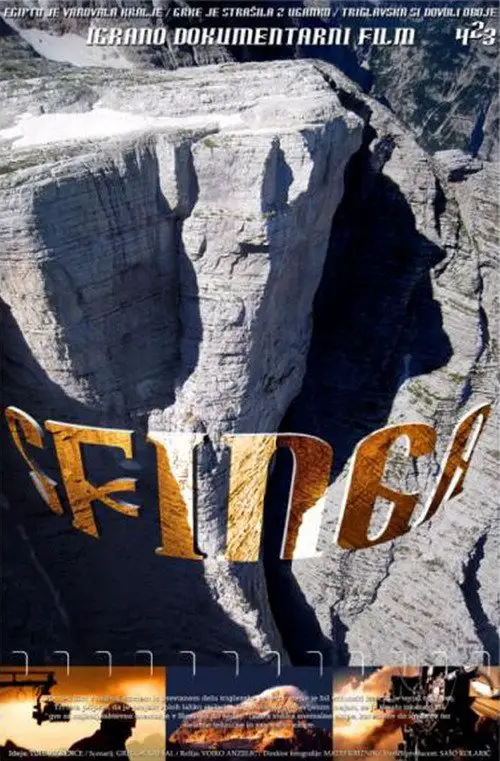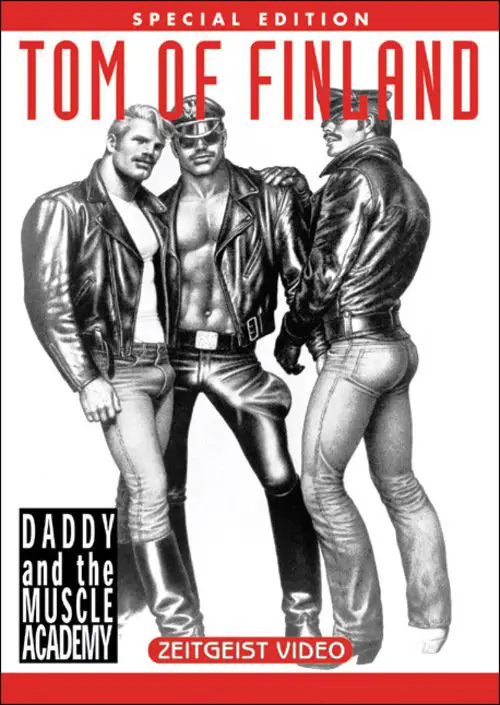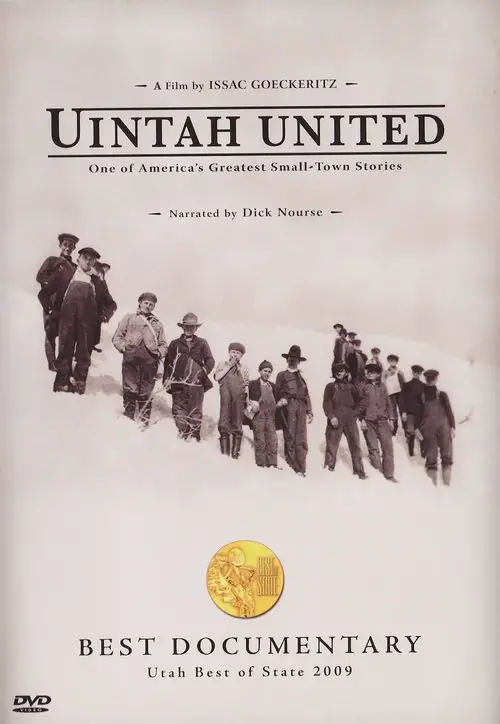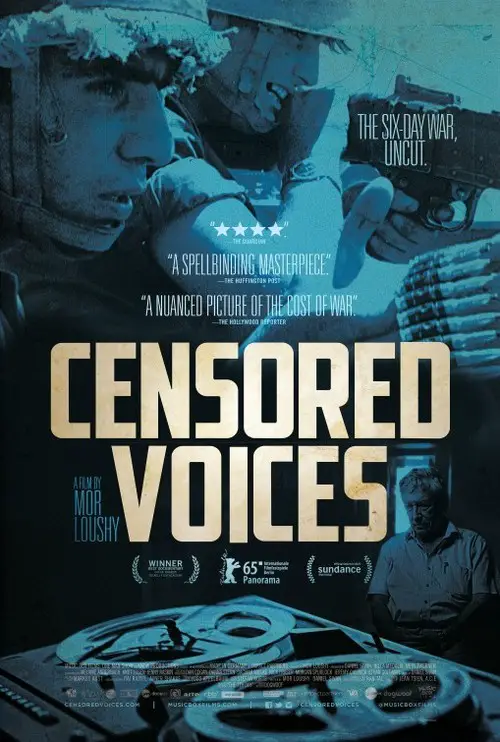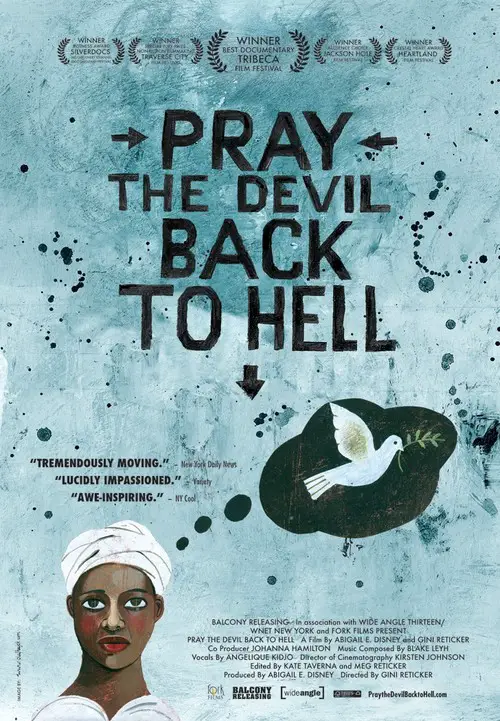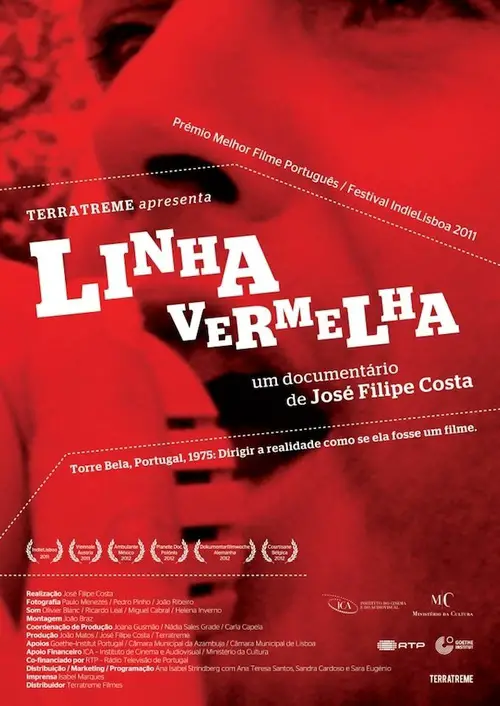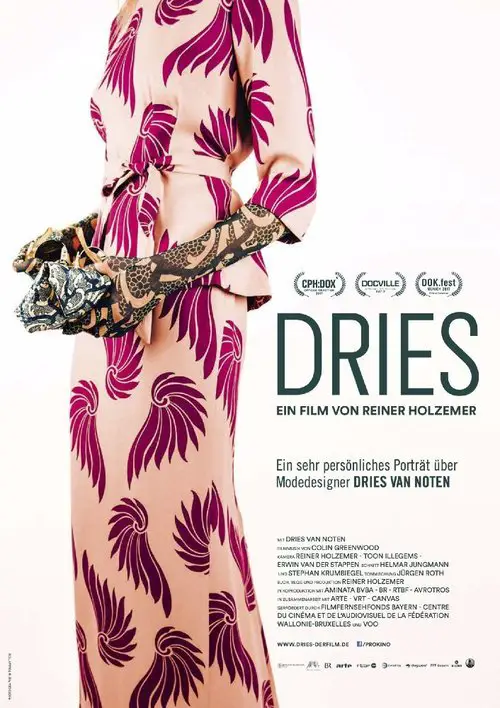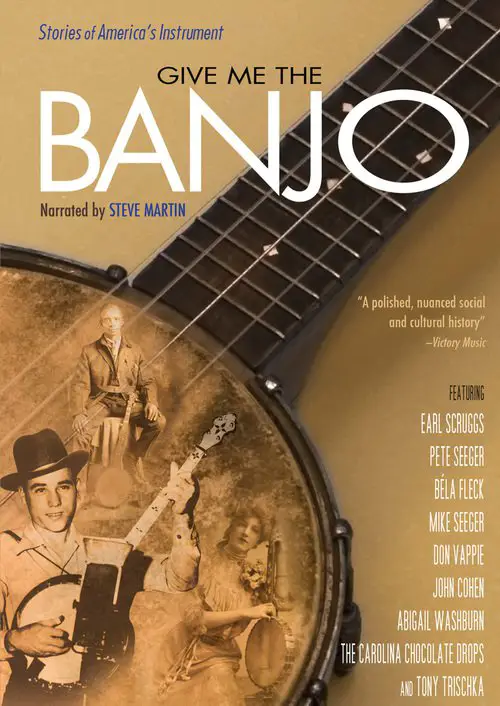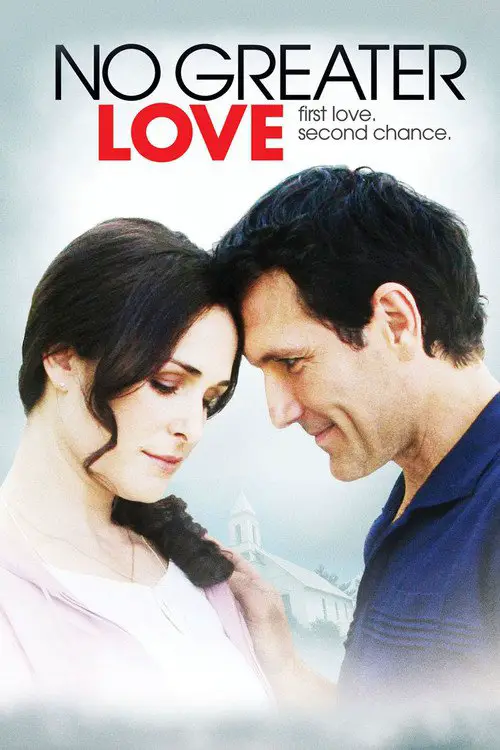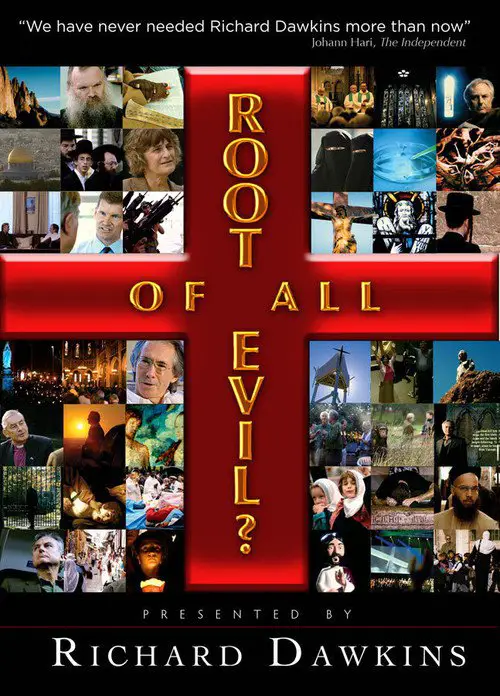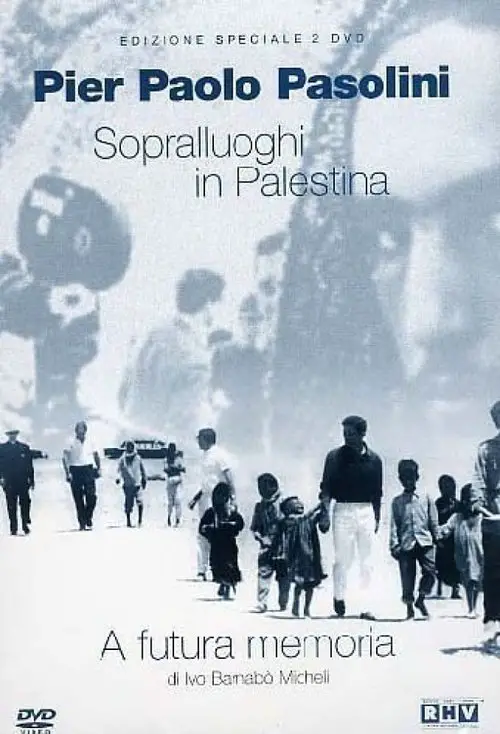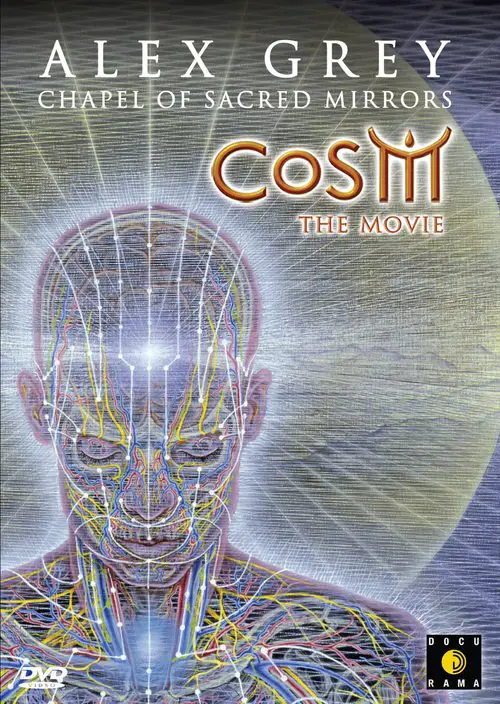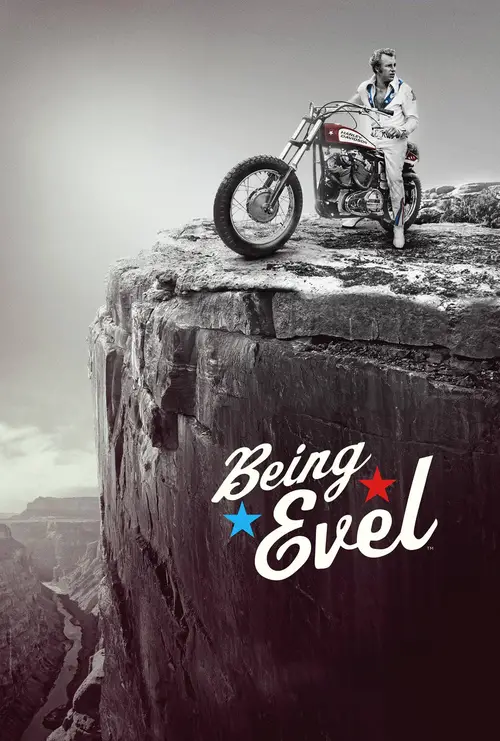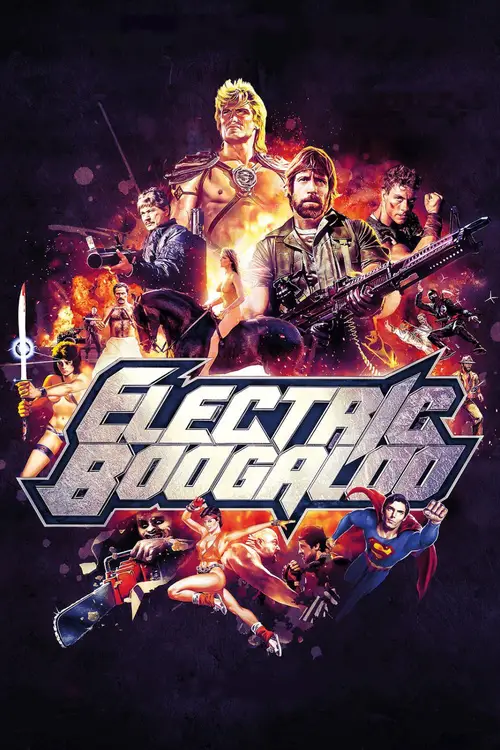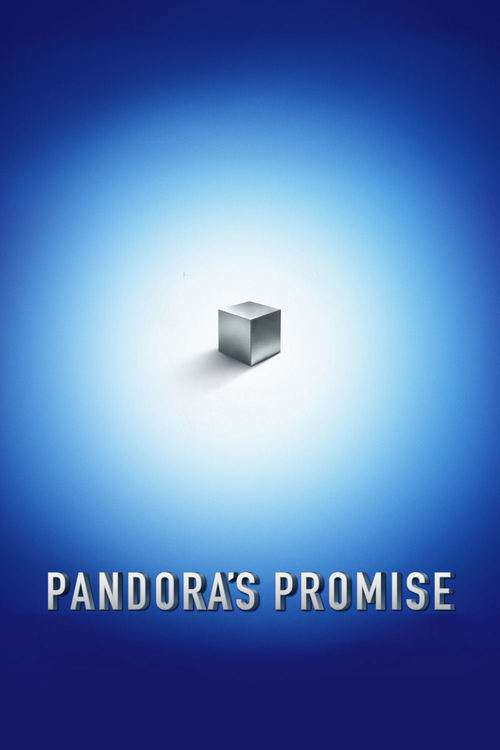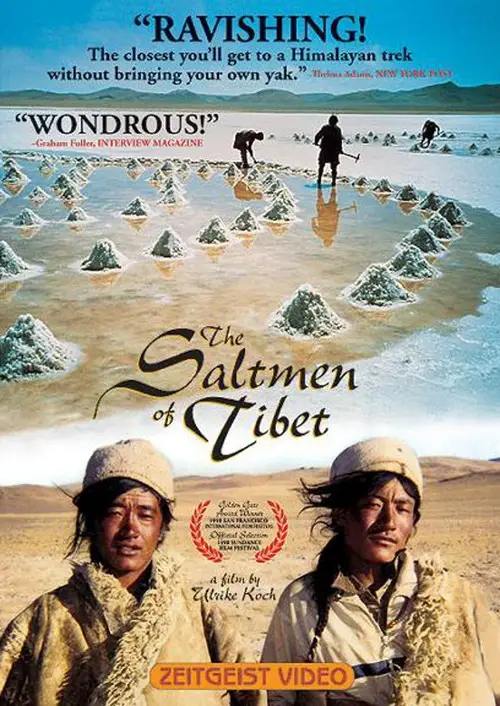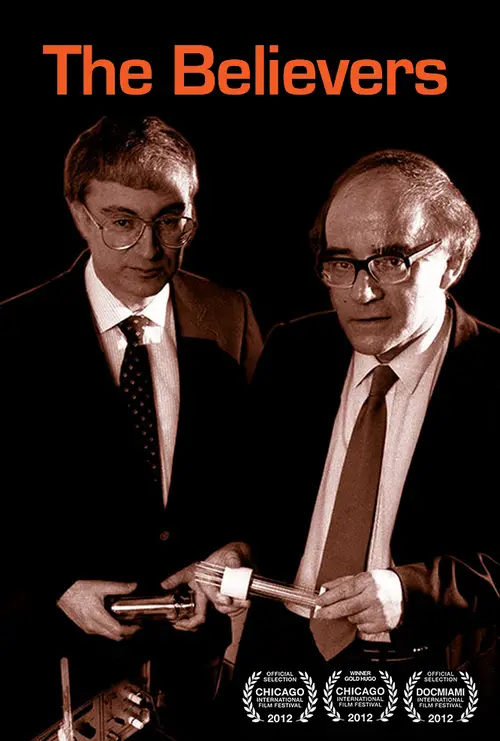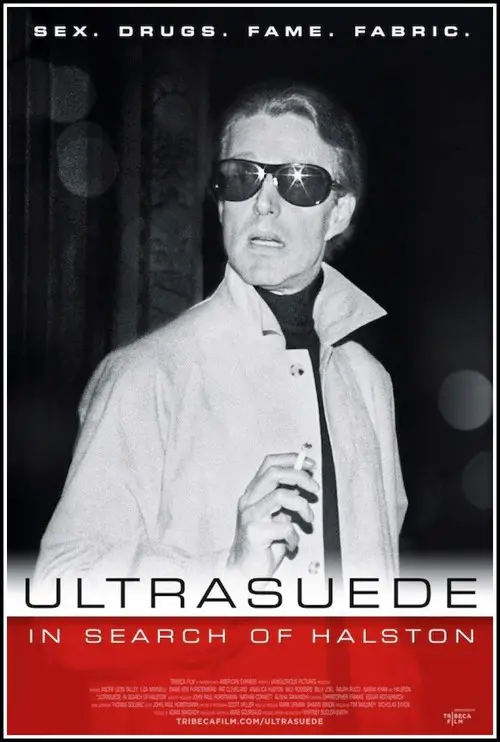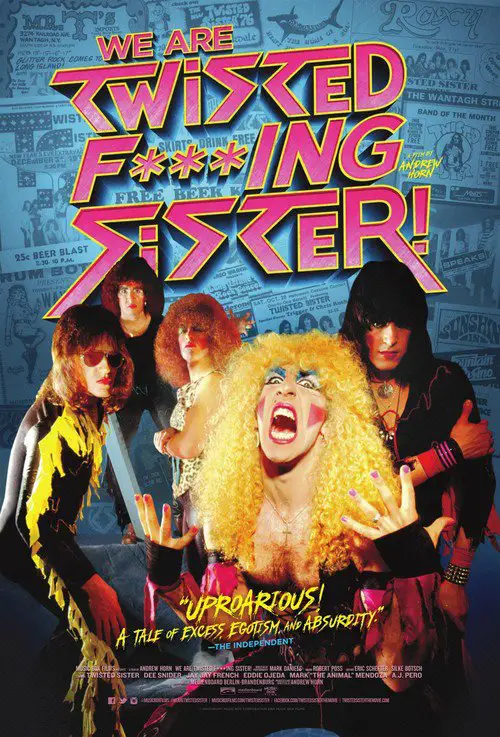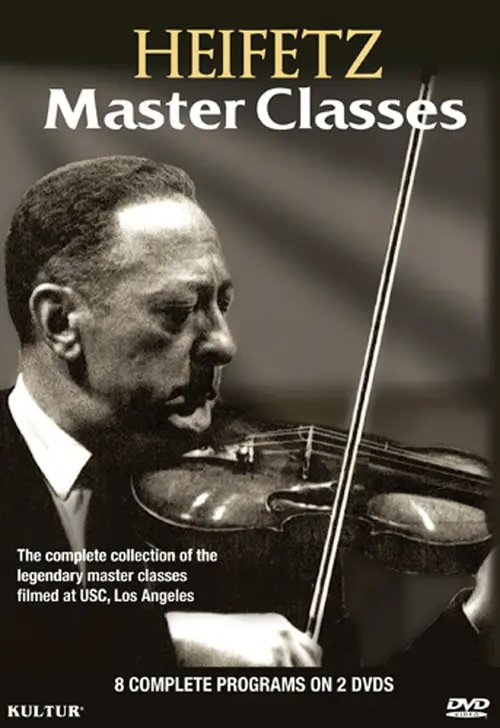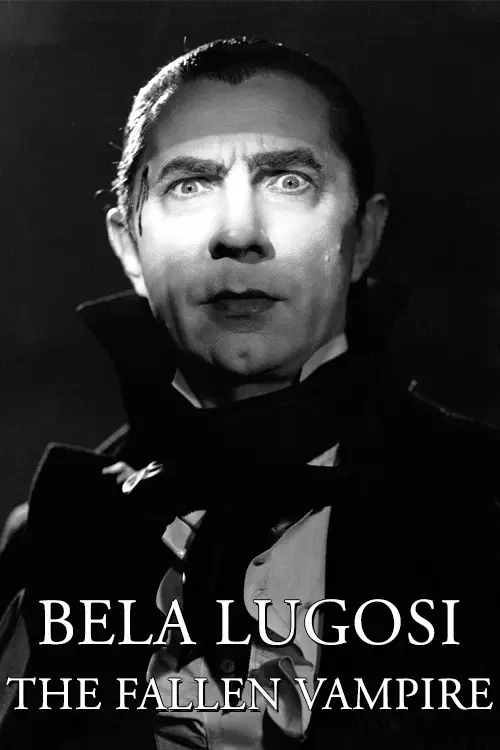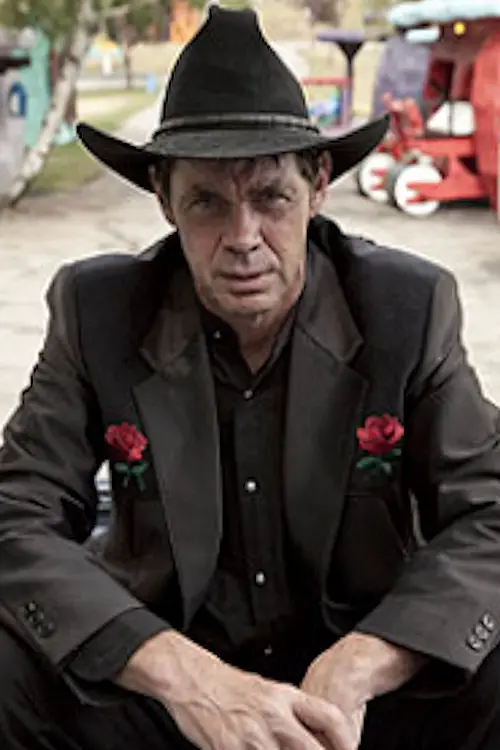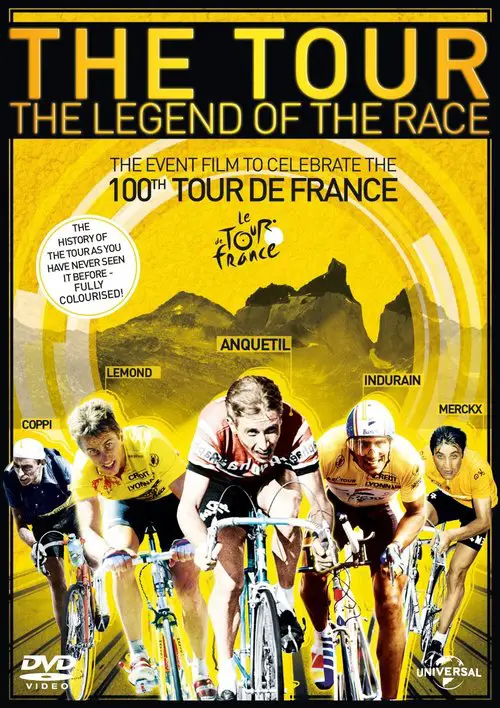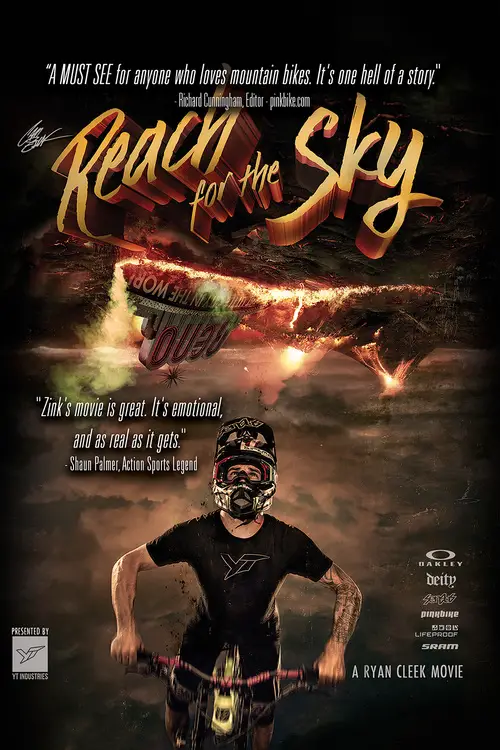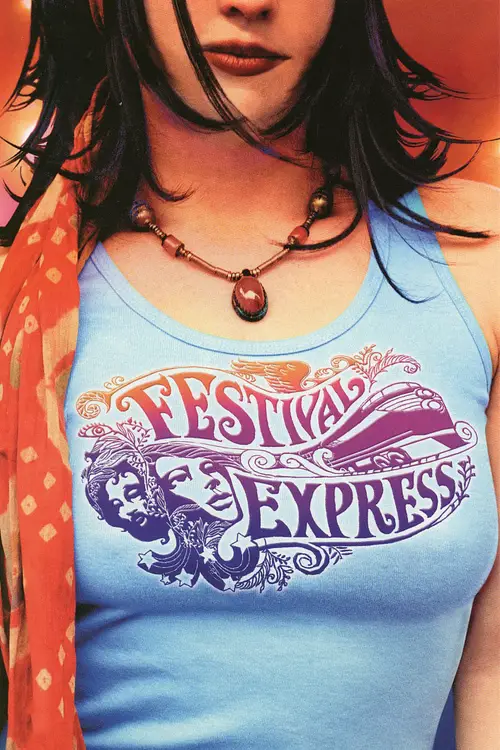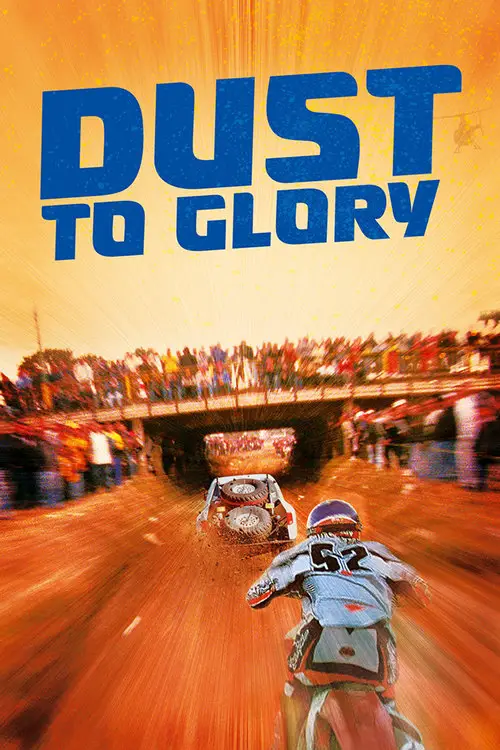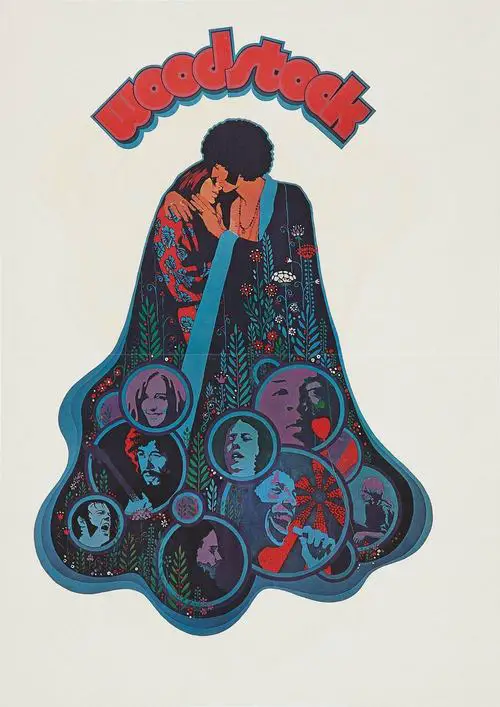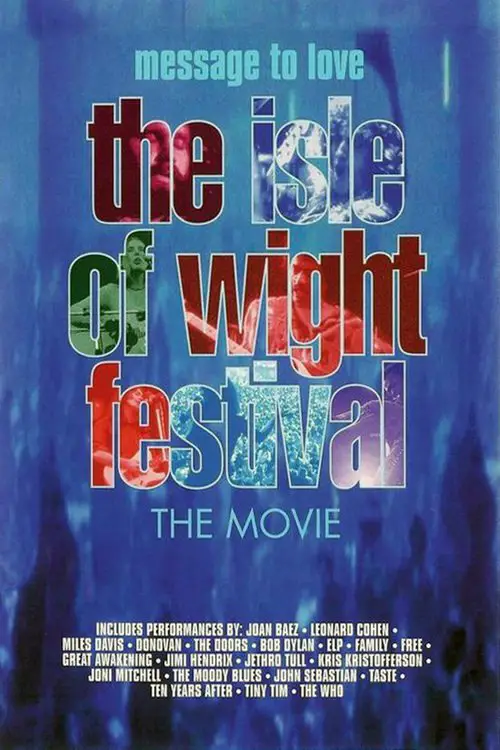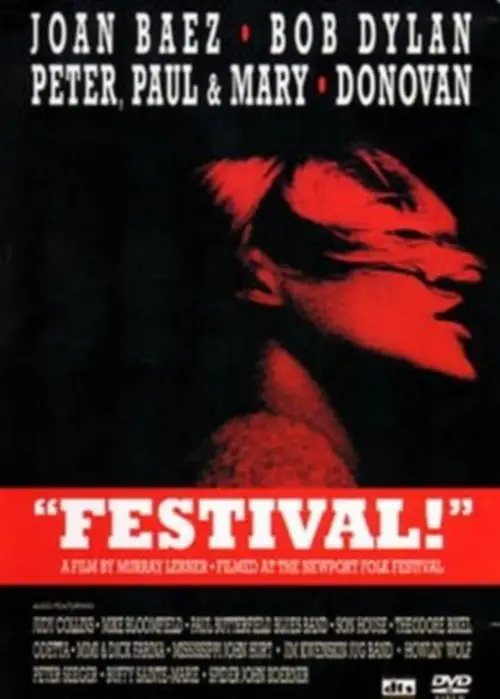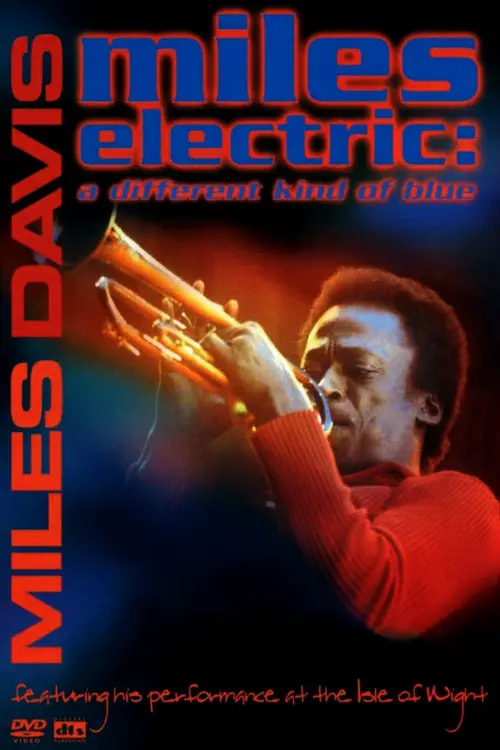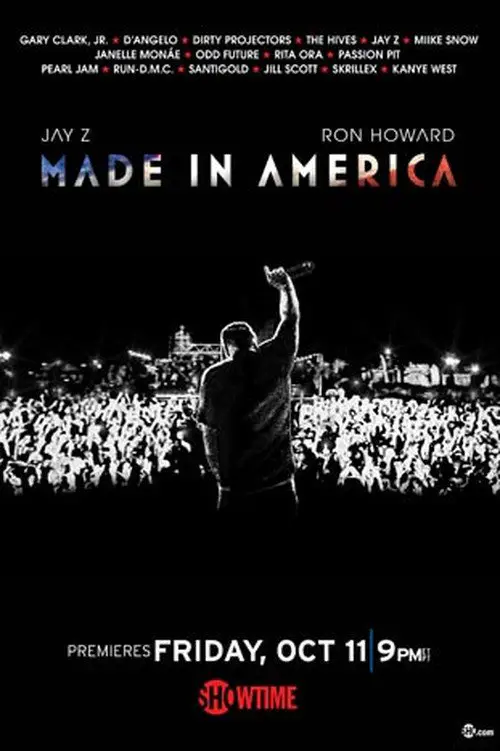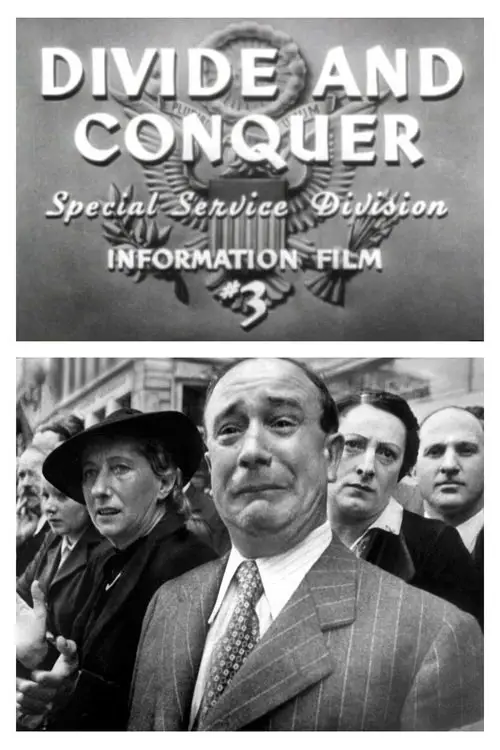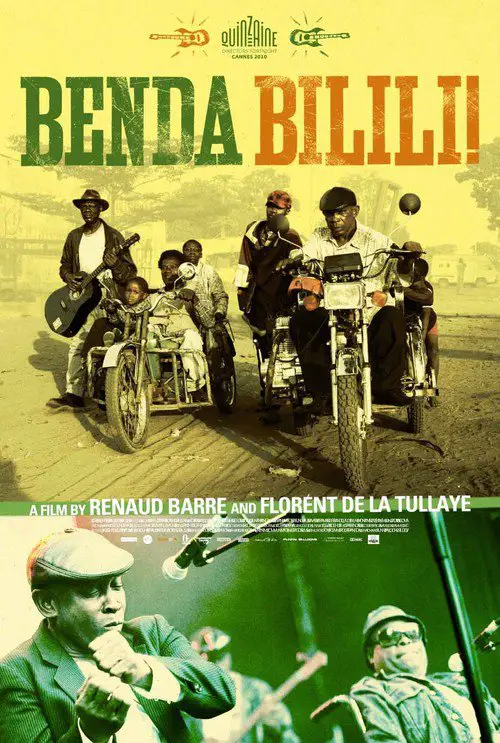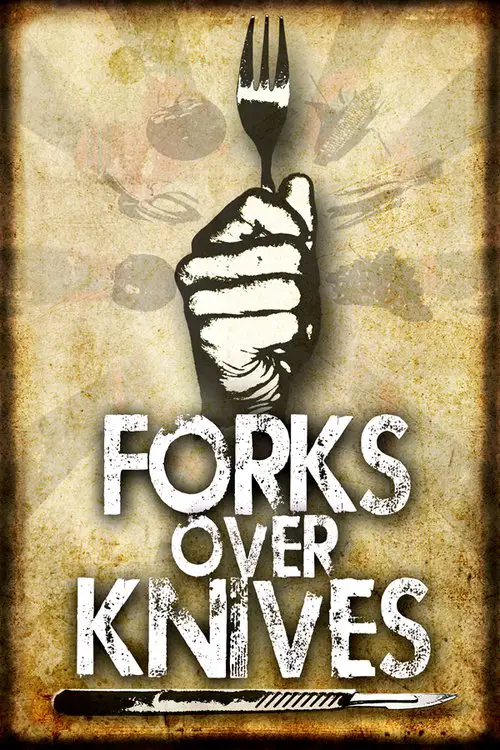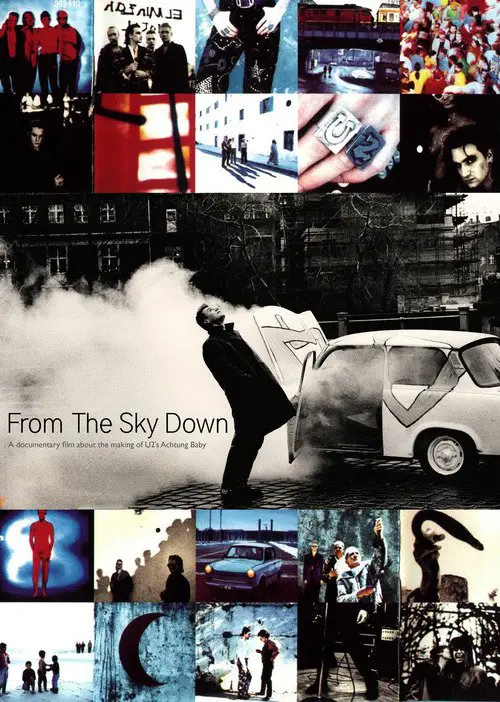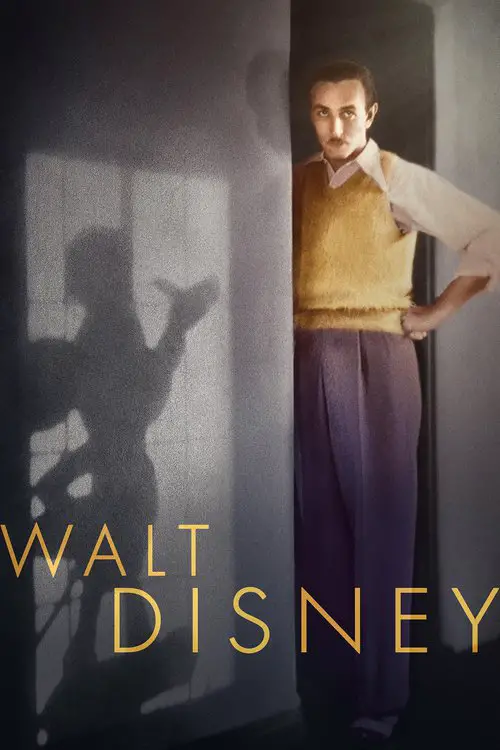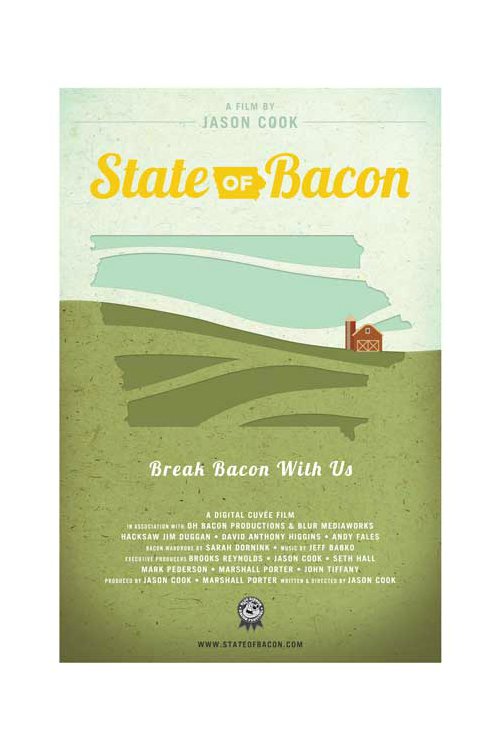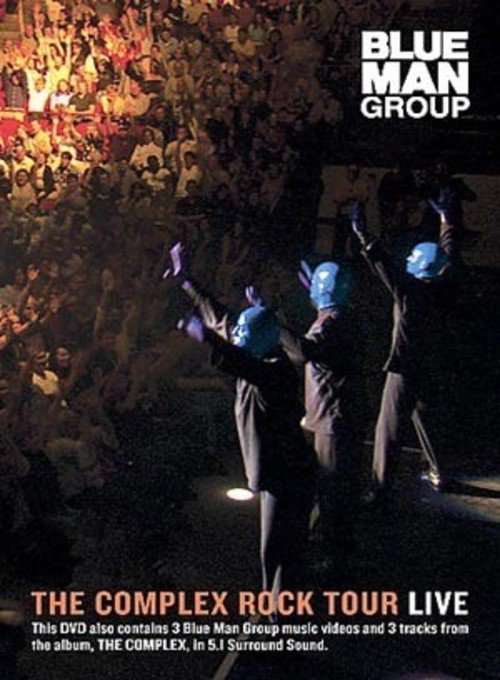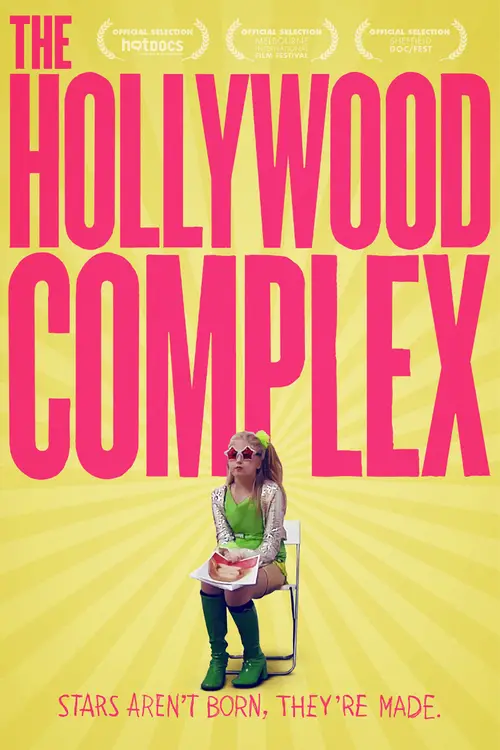The Story of the Swastika (2013)
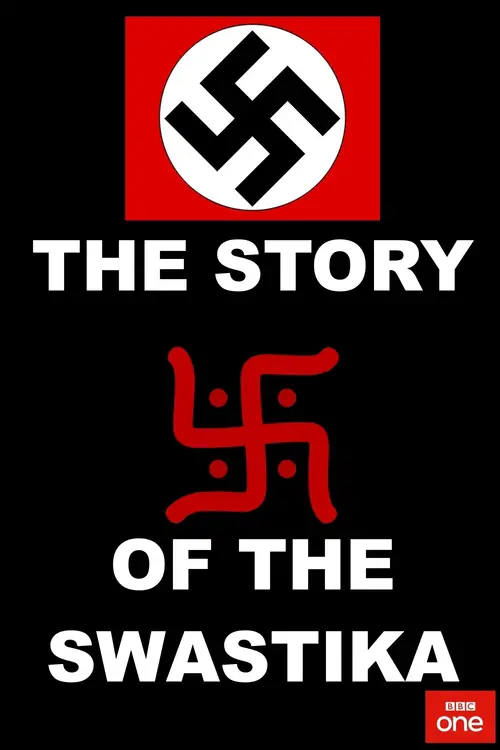
Similar movies
Four volume documentary set ("Adolf Hitler", "The SS Blood and Soil", "The Enigma of the Swastika", and "Himmler The Mystic") containing mainly B&W as well as some color archival footage, with narration explaining the influences of alternative belief systems (occult, paganism, mysticism, etc) on the Nazi ideology and Hitler's personal philosophy. Also documents the history and development of the ideas and symbols that would be used along with eugenicist racial politics to perpetrate the murder and oppression of millions during World War II.
A historical analysis of how groups such as the Naziâs may use language, symbols, and religious connotation in order to come to power. It raises questions that deserve in depth analysis and consideration. Questions include: Where do legends expand our thinking and where do they bury it? When does spiritual pursuit suddenly turn into fanaticism and violence? Last, have we as a society learned from our past, and if so have forgotten the lessons of the 20th Century? Are we now embarking on a new level only to learn the same old lessons about humanity again? In addressing these questions we are taken into the back drop of the history of Germany beginning in the late 1800âs through the late 20th Century at the eve of the 21st. âA society that does not take archetypes, myths, and symbols seriously will possibly be jumped by them from behind.â
Far outside what's normally taught as "history", this 6-hour documentary attempts to explain what's normally glossed over - Germany's actions prior to WWII, Hitler's popularity, the support of the Nazis by the Germans, the basis for hardline Nazi stances against Jews, and why Nazism was such a danger to the established world powers. It chronicles the German WWI defeat, communist attempts to take over Germany; hyperinflation during the Weimar Republic, widespread unemployment and misery that served as the foundation of Nazi principles, and Hitlerâs amazing rise to power. It also reveals a personal side of Hitler: his family background, his artwork and struggles, and what motivated him to pursue a career in politics. While open to criticism for being "pro-Nazi" in its perspectives, the documentary does present many factual foundations for those perspectives, highlighting an endless list of hypocrisies and double-standards imposed on Germany in the years before, during, and after WWII.
In GLOBAL METAL, directors Scot McFadyen and Sam Dunn set out to discover how the West's most maligned musical genre - heavy metal - has impacted the world's cultures beyond Europe and North America. The film follows metal fan and anthropologist Sam Dunn on a whirlwind journey through Asia, South America and the Middle East as he explores the underbelly of the world's emerging extreme music scenes; from Indonesian death metal to Chinese black metal to Iranian thrash metal. GLOBAL METAL reveals a worldwide community of metalheads who aren't just absorbing metal from the West - they're transforming it - creating a new form of cultural expression in societies dominated by conflict, corruption and mass-consumerism.
Romm's "Ordinary Fascism" pulls out all the stops in its selection of documentary material to draw the viewer not only into absolute horror about fascism and nazism in the 1920s-1940s Europe, but also to a firmest of convictions that nothing of the sort should be allowed to happen again anywhere in the world.
The flat on the third floor of a Bauhaus building in Tel Aviv was where my grandparents lived since they immigrated to Palestine in the 1930's. Were it not for the view from the windows, one might have thought that the flat was in Berlin. When my grandmother passed away at the age of 98 we were called to the flat to clear out what was left. Objects, pictures, letters and documents awaited us, revealing traces of a troubled and unknown past. The film begins with the emptying out of a flat and develops into a riveting adventure, involving unexpected national interests, a friendship that crosses enemy lines, and deeply repressed family emotions. And even reveals some secrets that should have probably remained untold...
Delve into the world of Batman and the vigilante justice that he brought to the city of Gotham. Batman is a man who, after experiencing great tragedy, devotes his life to an ideal--but what happens when one man takes on the evil underworld alone? Examine why Batman is who he is--and explore how a boy scarred by tragedy becomes a symbol of hope to everyone else.
Veteran actors from the 3 Baltic countries - Estonia, Latvia and Lithuania - gather at a castle in Latvia to receive awards for their roles as Nazi villains in propagandist Soviet war films. They reminisce about the films that made them famous throughout the USSR, but also stigmatized the Baltic countries as Nazi sympathizers in the eyes of many Russians - a misconception that is nowadays exploited by the Russian media, desperate to label the Baltic countries as a fascist haven
It is well known in economics academia that The Wonderful Wizard of Oz written by L. Frank Baum in 1900 is loaded with powerful symbols of monetary reform which were the core of the Populist movement and the 1896 and 1900 president bid of Democrat William Jennings Bryan. The yellow brick road (gold standard), the emerald city of Oz (greenback money), even Dorothyâs silver slippers (changed to ruby slippers for the movie version) were the symbol of Baumâs and Bryanâs belief that adding silver coinage to gold would provide much needed money to a depression-strapped, 1890s America. We believe Baumâs symbols represent the only solution to relieve the growing economic hardship here in America â and the rest of the world. Practically speaking, 2009 marks the 70th anniversary of the 1939 MGM release of the The Wizard of Oz movie, so interest will be very high. Even Oz websites put up by kids get millions of hits.
Following up on his 2007 documentary, The Most Hated Family in America, Louis Theroux returns to Topeka, Kansas, for a week-long visit with the Westboro Baptist Church. He again joins the Phelps family on their controversial pickets where they try to antagonise communities with offensive slogans and anti-gay placards. But four years on from Louis's last visit, there are signs of disarray in the Phelps clan. A series of defections of family members has shaken up the church.
The film in a charming and original way compares the first ascent to the first free-climb ascent of the Face of Sphinx, located in the most prominent part of the North Face Triglav. The aesthetic and breathtaking footage present beautiful and powerful environment of the Slovenian national symbol, with the mystical Sphinx at the forefront and all four protagonists of the two crucial ascents, which are separated by a period of three decades. The central story tells us that the Sphinx does not want that the climbers to solve her riddle, taken from her famous question: 'Who walks in the morning on four, at moon on two and in the evening on three (legs)?'
Tom of Finland is one of the gay world's few authentic icons. His drawings have had an enormous influence on gay identity. Tom's ultimate leather men are known and seen everywhere. They are symbols of gay pride and friendship. The documentary includes some titillating 'enactments' inspired by Tom's art work.
In the last century Americans have built over four hundred hillside letters. These enormous roadside monuments identify high schools, universities and towns, but one has a story far more dramatic than any other. In 1922 a small Utah town was rocked with the news that the local school principal, had shot and killed one of his students. The student was a member of a gang of boys who had been responsible for threatening and driving out eight prior principals. Shocked and deeply divided by the event, the community of Uintah broke apart. Uintah United tells the remarkable story of the principal's successor, Golden Kilburn, who masterfully transformed the lives and behavior of these troublesome boys and healed a community. The lasting emblem of their inspirational tale remains as a giant letter U on the Uintah Hillside, built to stand for "Uintah" and "United."
The 1967 'Six-Day' war ended with Israel's decisive victory; conquering Jerusalem, Gaza, Sinai and the West Bank. It is a war portrayed, to this day, as a righteous undertaking - a radiant emblem of Jewish pride. One week after the war, a group of young kibbutzniks, led by renowned author Amos Oz, recorded intimate conversations with soldiers returning from the battlefield. The recording revealed an honest look at the moment Israel turned from David to Goliath. The Israeli army censored the recordings, allowing the kibbutzniks to publish only a fragment of the conversations. 'Censored Voices' reveals the original recordings for the first time.
Pray The Devil Back To Hell documents a peace movement called Women of Liberia Mass Action for Peace. Organized by social worker Leymah Gbowee, the movement started with praying and singing in a fish market. [2] Leymah Gbowee organized the Christian and Muslim women of Monrovia, Liberia to pray for peace and to organize nonviolence protests. Dressed in white to symbolize peace, and numbering in the thousands, the women became a political force against violence and against their government.
In 1975, Thomas Harlan's crew filmed Torre Bela's homestead occupation, in the center of Portugal. Three decades later, RED LINE revisits this emblematic film of the Portuguese revolutionary period: in which way did Harlan interfered in the events that seems to naturally develop in front of the camera? What was the impact of the film on the lives of the occupants and the memory of that period?
For the first time fashion designer Dries Van Noten allows a filmmaker to accompany him in his creative process and rich home life. For an entire year Reiner Holzemer documents the precise steps that Dries takes to conceive of four collections, the rich fabrics, embroidery and prints exclusive to his designs. As well as the emblematic fashion shows that bring his collections to the world and have become cult âmust seesâ at Paris Fashion Week. This film offers an insight into the life, mind and creative heart of a master fashion designer who, for more than 25 years, has remained independent in a landscape of fashion consolidation and globalization.
Commentator-comic Bill Maher plays devil's advocate with religion as he talks to believers about their faith. Traveling around the world, Maher examines the tenets of Christianity, Judaism and Islam and raises questions about homosexuality, proof of Christ's existence, Jewish Sabbath laws, violent Muslim extremists.
The Banjo Project is a cross-media cultural odyssey: a major television documentary, a live stage/multi-media performance, and a website that chronicle the journey of Americaâs quintessential instrumentâthe banjoâfrom its African roots to the 21st century. Itâs a collaboration between Emmy-winning writer-producer Marc Fields and banjo virtuoso Tony Trischka (the Projectâs Music Director), one of the most acclaimed acoustic musicians of his generation.
Jeff and Heather Baker were life long sweethearts and happily married... for a time. But at her greatest moment of weakness, Heather abandons Jeff, forcing Jeff to raise their young son alone. Ten years later, through a God ordained encounter, Jeff and Heather meet again. They must wrestle with forgiveness, reconciliation and the pressing of the Savior on their hearts.
In this two-part Channel 4 series, Professor Richard Dawkins challenges what he describes as 'a process of non-thinking called faith'. He describes his astonishment that, at the start of the 21st century, religious faith is gaining ground in the face of rational, scientific truth. Science, based on scepticism, investigation and evidence, must continuously test its own concepts and claims. Faith, by definition, defies evidence: it is untested and unshakeable, and is therefore in direct contradiction with science. In addition, though religions preach morality, peace and hope, in fact, says Dawkins, they bring intolerance, violence and destruction. The growth of extreme fundamentalism in so many religions across the world not only endangers humanity but, he argues, is in conflict with the trend over thousands of years of history for humanity to progress to become more enlightened and more tolerant.
While scouting locations for his classic "The Gospel According to St. Matthew", director Pier Paolo Pasolini noticed that filming in the actual site of the story, in Palestine, wouldn't be much of a great choice due to the modern invasion which completely altered the biblical settings. Here, the director explained his reasons of why his search in the Middle East end up being wrong - though somewhat fruitful and rewarding in other ways - and why his native Italy surprised him and became the scenario for his religious epic.
In the history of sports, few names are more recognizable than that of Evel Knievel. Long after the man hung up his famous white leather jumpsuit and rode his Harley into the sunset, his name is still synonymous with the death-defying lifestyle he led. Notoriously brash, bold, and daring, Knievel stared death in the face from the seat of his motorcycle, but few know the larger-than-life story of the boy from Butte, Montana.
Menahem Golan and Yoram Globus were two movie-obsessed cousins from Israel who became Hollywoodâs ultimate gate-crashers. Following their own skewed version of the Great American Dream, they bought an already low-rent brand â Cannon Films â and ratcheted up its production to become so synonymous with schlock that the very sight of its iconic logo made audiences boo throughout the 1980s. And yet who could have foreseen how close they came to nearly taking over Hollywood and the UK film industry?
A growing number of Evangelical Christians believe there is a revival underway in America that requires Christian youth to assume leadership roles in advocating the causes of their religious movement. Jesus Camp follows children at a Christian summer camp as they hone their "prophetic gifts" and are schooled in how to "take back America for Christ." The film is a first-ever look into an intense training ground that recruits born-again Christian children to become an active part of America's political future.
The atomic bomb, the specter of a global nuclear holocaust, and disasters like Fukushima have made nuclear energy synonymous with the darkest nightmares of the modern world. But what if everyone has nuclear power wrong? What if people knew that there are reactors that are self-sustaining and fully controllable and ones that require no waste disposal? What if nuclear power is the only energy source that has the ability to stop climate change?
Four men from a nomadic Tibetan tribe undertake their annual, ritualistic pilgrimage to a sacred salt lake. Salt gathered in this traditional fashion will be sold to provide the economic livelihood of the tribe for the coming year. The journey, necessary for the group's survival, also incorporates a number of rituals necessary for their culture to survive in the modern world.
March 1989: two respected chemists from the University of Utah stand in front of a wall of reporters. Flashbulbs pop as they announce they have solved the world's energy problems using seawater, batteries and a mysterious glass contraption. 'Cold Fusion' is born. Within days, Stanley Pons and Martin Fleischmann are on the cover of Time Magazine. But three short months later, their careers in tatters and their reputations ruined, they flee the US as Cold Fusion becomes synonymous with 'bad science.' Twenty-two years later, despite continued disdain from mainstream science, a group of scientists, entrepreneurs and one high school student are confident that Cold Fusion will save the world, and that we're closer than ever to the Holy Grail of civilization. They're The Believers.
A glowing, prismatic portrait of the rise and fall of America's first celebrity designerâHalstonâthe man who was synonymous with fashion in the 1970s, and became the emperor of NYC nightlife. Interviews with friends and witnesses (including Liza Minnelli, Diane Von Furstenberg, André Leon Talley, Anjelica Huston, Bob Colacello, and Billy Joel, among others) round out this glittering evocation of the man who defined the most beautiful and decadent era of recent memory.
In 1984, American heavy metal band Twisted Sister became a global sensation. For 30 years, they been synonymous with hairspray, women's clothing and tasteless album covers. Until now. Ten years ago, director Andrew Horn was granted access to the archives of Twisted Sister founder Jay French and in We are Twisted fucking Sister he explores the decade that preceded their breakthrough.
Maestro Jascha Heifetz, becomes Professor Heifetz in these rare filmed master classes from the early 1960s. Taken from his legendary sessions at USC, Los Angeles, this brilliant musician can be seen demonstrating, cajoling, inspiring and occasionally-terrifying his pupils as he imparts his unquestioned genius and lifetime of musical experience. Learn the secrets of intonation, phrasing and vibrato from the man whose name has become synonymous with the violin.
On Valentines Day, 1931, Universal Pictures released the film Dracula - the first true horror movie. Its worldwide success catapulted the film's lead actor, Romanian-born Bela Lugosi, to overnight stardom. "Bela Lugosi: The Fallen Vampire" traces the life and career of this mysterious man whose name became synonymous with the evil, yet magnetically compelling Count Dracula. Using archival still and film clips as well as interviews with film historians, actors and Lugosi himself, the special chronicles the meteoric rise and then precipitous decline of a talented yet tragic man who forever changed the face of horror films.
Comedian Rich Hall hits the road as he takes us on his personal journey through the road movie, which, from the earliest days of American cinema has been synonymous with American culture. With his customary wit and intelligence, Rich takes us through films such as Bonnie and Clyde, The Grapes of Wrath, Thelma and Louise, Vanishing Point, Five Easy Pieces and even The Wizard of Oz. He explores what makes a road movie and how the American social, economic and political landscape has defined the genre.
Jean-Christophe Rosé directs this documentary tracing the history of the world's most famous cycle race. Celebrating the event's centenary year, the film highlights the tour's enduring relationship with the public by looking back at the legendary riders whose names have become synonymous with the race, including Fausto Coppi, Louison Bobet, Jacques Anquetil, Raymond Poulidor, Eddy Merckx, Bernard Hinault, Miguel Indurain, Bradley Wiggins and Lance Armstrong.
Danger. Reward. Adrenaline. Freeride mountain biking is synonymous with pushing the known boundaries of the sport. Cam Zink sits atop the Freeride world having won its most coveted titles, the Red Bull Rampage, Crankworx Slopestyle, and the Freeride World Tour, yet those accolades have not come without a physical price. He has transcended cycling media, and his super-human feats have become broadcast television and Internet sensations. "Reach For The Sky" takes a dramatic behind-the-scenes look into Cam Zink's life, with the story bookended by 2013 and 2014 Red Bull Rampage campaigns in Virgin, Utah. Plus, features a one-of-a-kind portrayal of his world-record- breaking 100-foot backflip attempt at Mammoth Mountain-showcasing 100% never-before-seen footage...
An intimate look at the Woodstock Music & Art Festival held in Bethel, NY in 1969, from preparation through cleanup, with historic access to insiders, blistering concert footage, and portraits of the concertgoers; negative and positive aspects are shown, from drug use by performers to naked fans sliding in the mud, from the collapse of the fences by the unexpected hordes to the surreal arrival of National Guard helicopters with food and medical assistance for the impromptu city of 500,000.
In August 1970, 600,000 fans flocked to the Isle of Wight to witness the third and final festival to be held on the island. Besides the music, they also got a look at the greed, cynicism and corruption that would plague the music industry for years to come. They also witnessed the final, drugged out performance of Jimi Hendrix in England just two weeks before he would meet a tragic death. When it all was over, the fans view of rock and roll was never the same.
Black and white footage of performances, interviews, and conversations at the Newport Folk Festival, from 1963 to 1966. The headliners are Peter, Paul and Mary, Joan Baez, Pete Seeger, and Bob Dylan, who's acoustic and electric. Son House and Mike Bloomfield talk about the blues; John Hurt, Howlin' Wolf, and Sonny Terry and Brownie McGhee show its range. The Osborne Brothers perform bluegrass. Donovan, Johnny Cash, Judy Collins, Mimi and Dick Farina, and others less well known also perform. Several talk musical philosophy, and there's a running commentary about the nature and appeal of folk music. The crowd looks clean cut.
Ricky has a dream: to make Staff Benda Bilili the best band in Congo Kinshasa. Roger, a street child, more than ever wants to join these stars of the ghetto, who get around in customized tricycles. Together, they must avoid the pitfalls of the street, stay united and find the force to hope in music. For six years, from the first rehearsals to their triumph in international festivals, BENDA BILILI! (âbeyond appearancesâ) is the story of this dream come reality.
This documentary film is about the making of U2's Achtung Baby. In 2011, U2 returned to Hansa Studios in Berlin to discuss the making of Achtung Baby. This film is directed by Davis Guggenheim. Screened in the UK as part of the BBC's Imagine series, this film was the first ever documentary to open the prestigious Toronto International Film Festival. Included is bonus footage of "So Cruel," "Love is Blindness," and "The Fly" shot in May 2010 during the band's visit to Hansa Studios to mark the 20th anniversary of Achtung Baby. Also included is a Q&A with Bono, The Edge, and Davis Guggenheim filmed at the Toronto International Film Festival in September 2011.
Walt Disney was uniquely adept at art as well as commerce, a master filmmaker who harnessed the power of technology and storytelling. This new film examines Disney's complex life and enduring legacy. Features rare archival footage from the Disney vaults, scenes from some of his greatest films, interviews with biographers and animators, and the designers who helped turn his dream of Disneyland into reality.
State of Bacon tells the kinda real but mostly fake tale of an oddball group of characters leading up to the annual Blue Ribbon Bacon Festival. Bacon-enthusiasts, Governor Branstad, a bacon queen, Hacksaw Jim Duggan, members of PETA, and an envoy of Icelanders are not excluded from this bacon party and during the course of the film become intertwined with the organizers of the festival to show that bacon diplomacy is not dead.
Every spring, Hollywood hosts a very species-specific migration: kids. Thousands of aspiring child actors flock to Tinseltown for pilot season, the traditional casting period for new network and cable television shows. But unlike adult actors who pound the same star-lined pavement, kids come with their families. Many set up camp at the Oakwood, a temporary housing complex that caters to the showbiz flock. While their little Angelinas and mini Brads audition for armies of ruthless agents and TV executives, the parents must manage sky-high expectations and thin skins, including their own
© Valossa 2015–2025
| Privacy Policy
